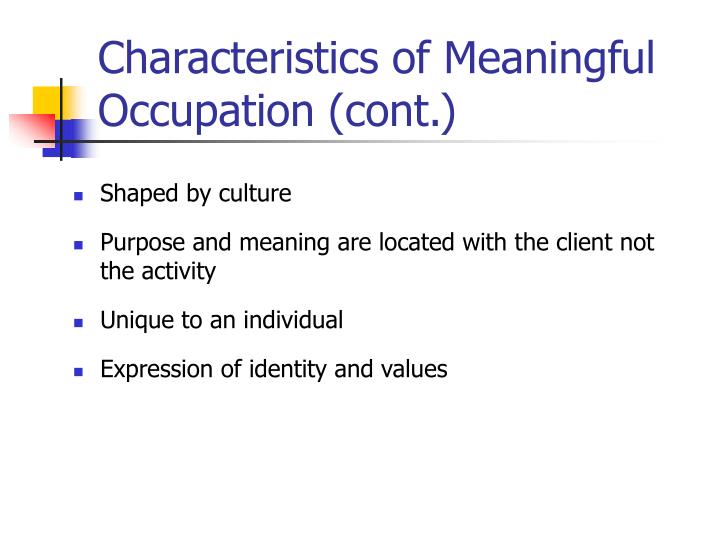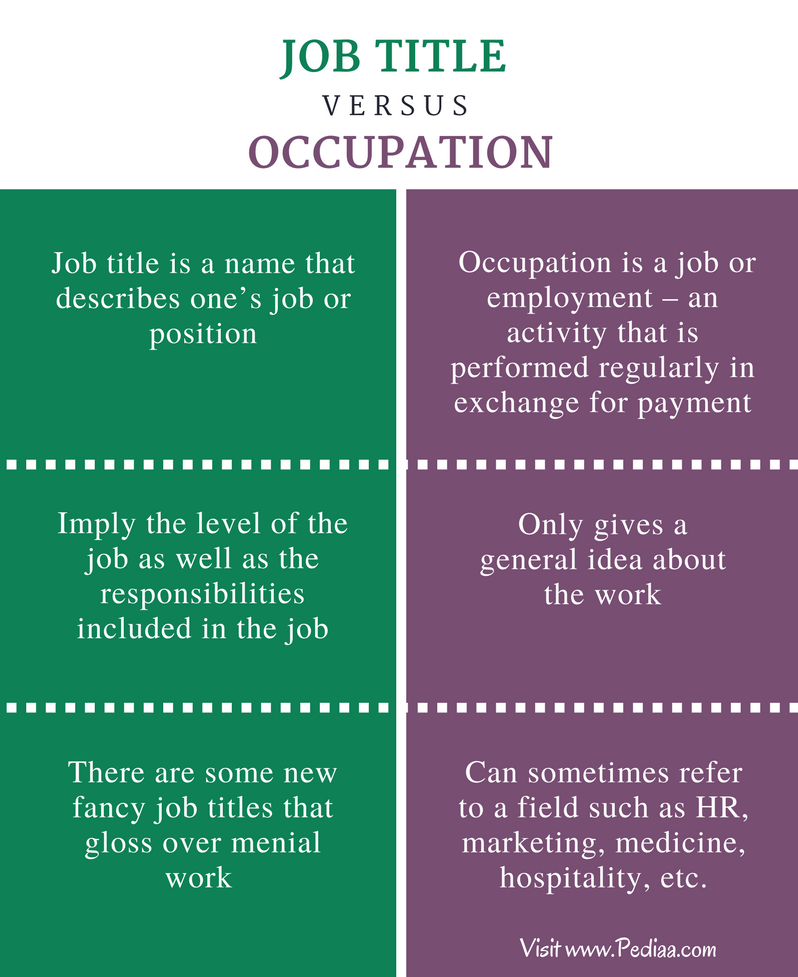

Due to the history of slavery, Jim Crow, and the slow transition into an industrial economy, the South’s workforce has been more racially segregated than the rest of the United States. Certain regions of the United States are more prone to occupational segregation. Additionally, although it is easy to see national trends, it does not always reflect the trends within different sectors. Racial trends ĭata for sex segregation after the 1990s is extensive but data for racial segregation is less comprehensive. There were declines in occupational segregation in the 1970s and 1980s, as technologies that made the care work of the home quicker and easier allowed more women time to enter the workforce. Over the last century in the United States, there has been a surprising stability of segregation-index scores, which measure the level of occupational segregation of the labor market. Ultimately, occupational segregation results in wage gaps and the loss of opportunities for capable candidates who are overlooked because of their gender and race. Due to the fact that different genders of different racial/ethnic backgrounds experience different obstacles, measuring occupational segregation is more nuanced. However, in the past, occupational segregation with regards to race has not been well researched, with many studies choosing to compare two groups instead of multiple. Many scholars, such as Biblarz et al., argue that occupational segregation often occurs in patterns, either horizontally (across occupations) or vertically (within the hierarchy of occupations) and is most likely caused by gender-based discrimination. Perfect integration, on the other hand, occurs where each group holds the same proportion of positions in an occupation as it holds in the labor force.


Perfect segregation occurs where any given occupation employs only one group. Occupational segregation levels differ on a basis of perfect segregation and integration.

The value or prestige of the jobs are typically not factored into the measurements. Occupational segregation compares different groups and their occupations within the context of the entire labor force. Many occupations are segregated within themselves because of the differing jobs, but this is difficult to detect in terms of occupational data. While a job refers to an actual position in a firm or industry, an occupation represents a group of similar jobs that require similar skill requirements and duties. These demographic characteristics often intersect. Other types of occupational segregation include racial and ethnicity segregation, and sexual orientation segregation. Occupational segregation is the distribution of workers across and within occupations, based upon demographic characteristics, most often gender.


 0 kommentar(er)
0 kommentar(er)
